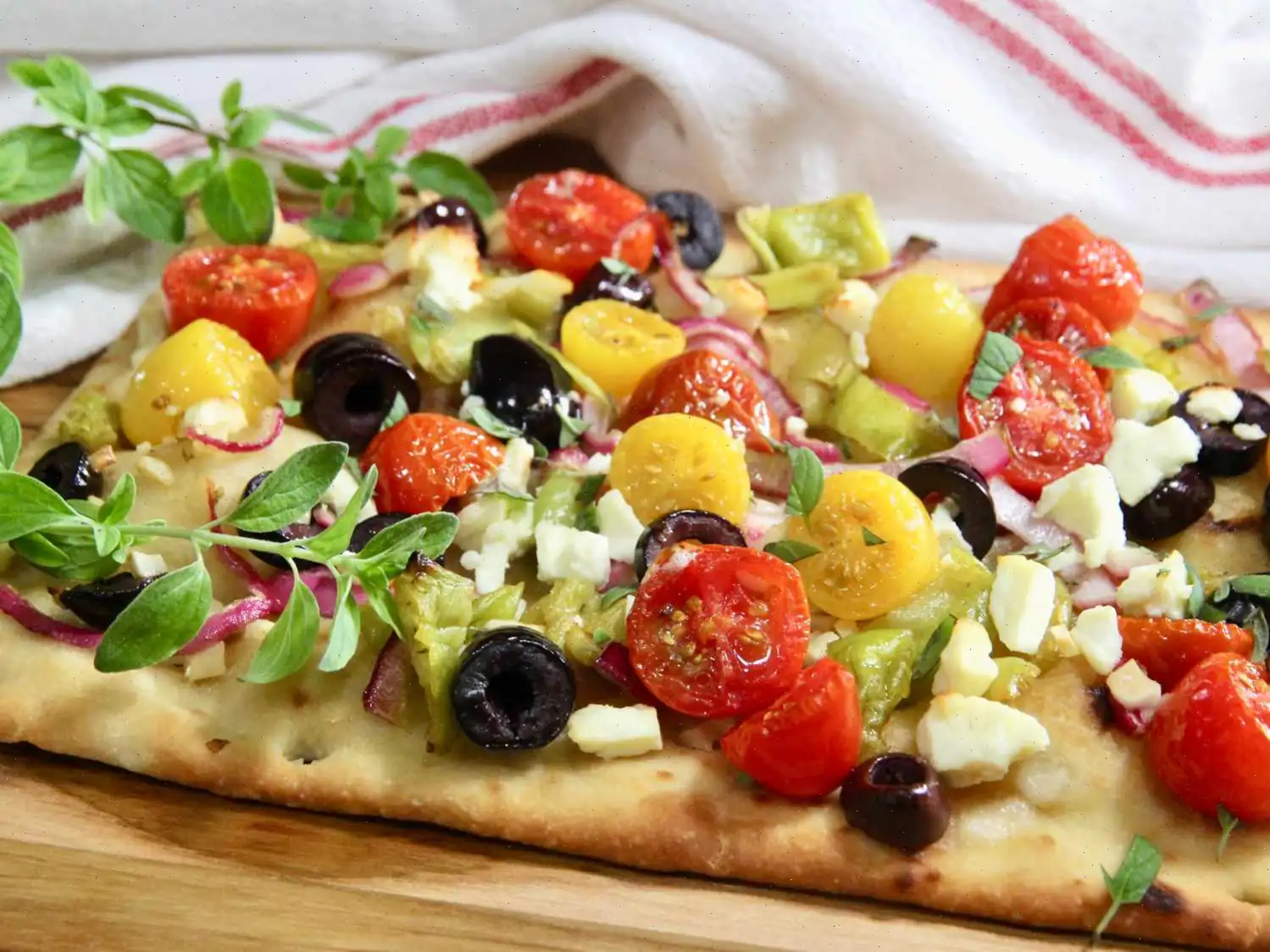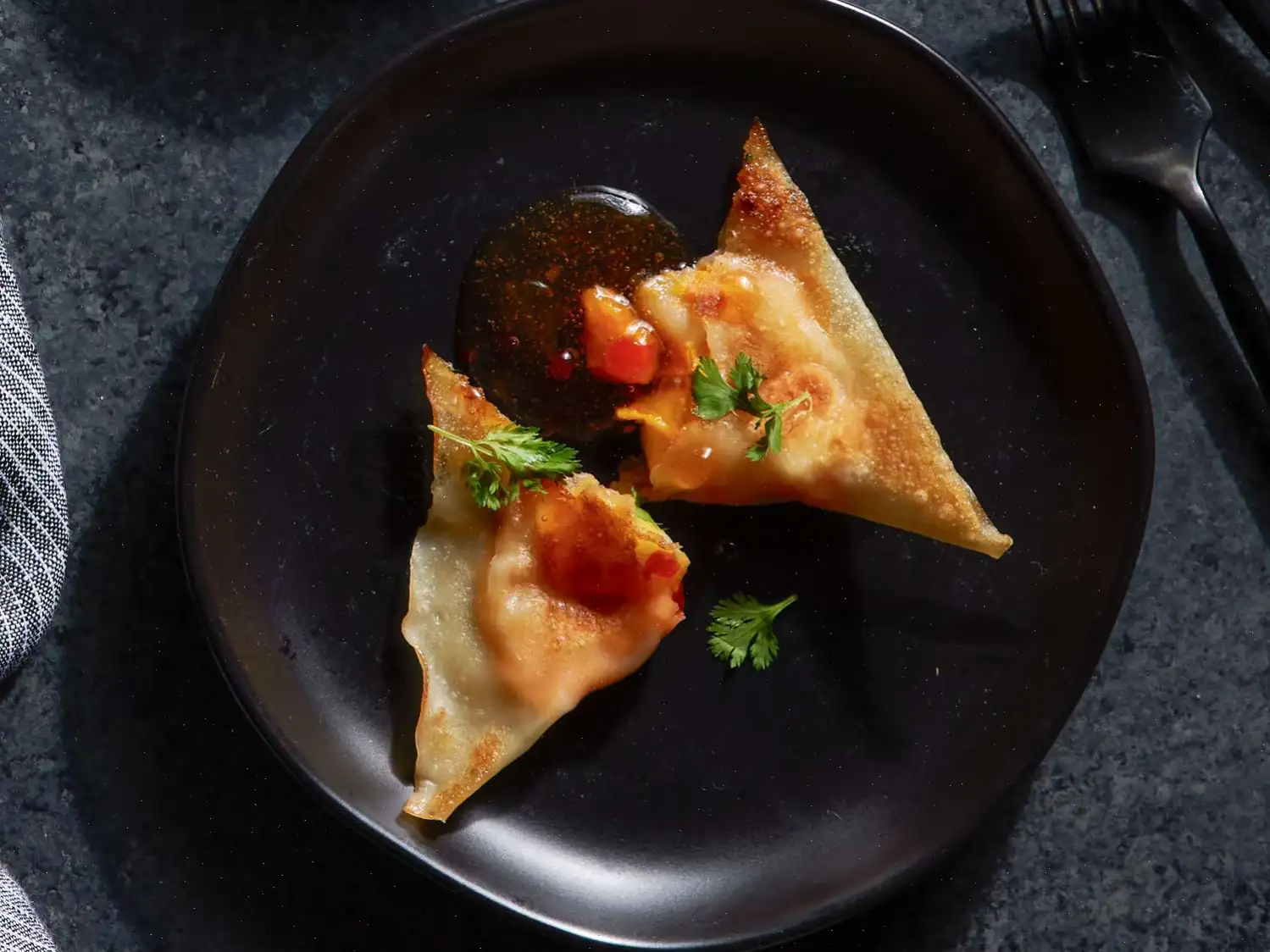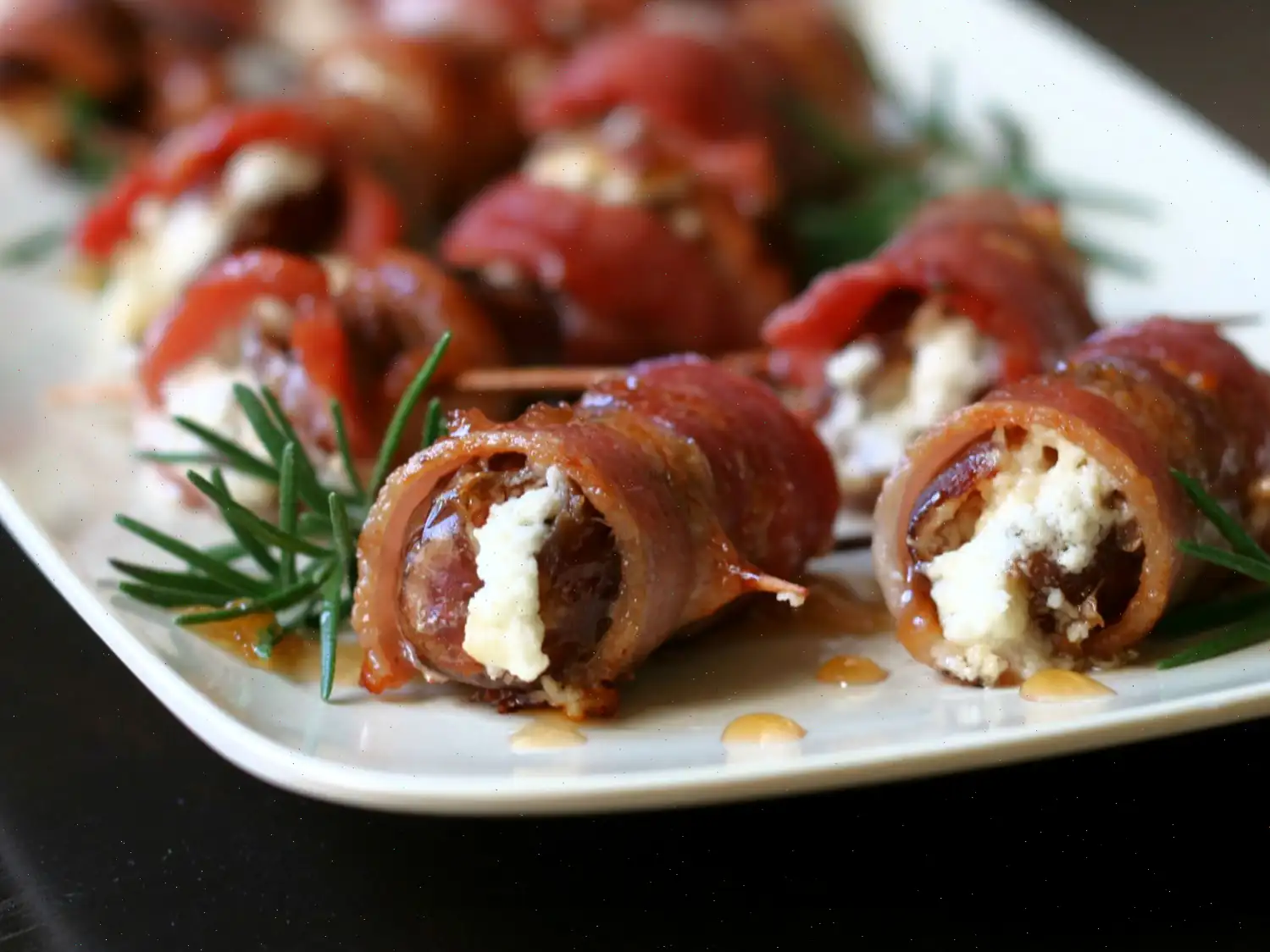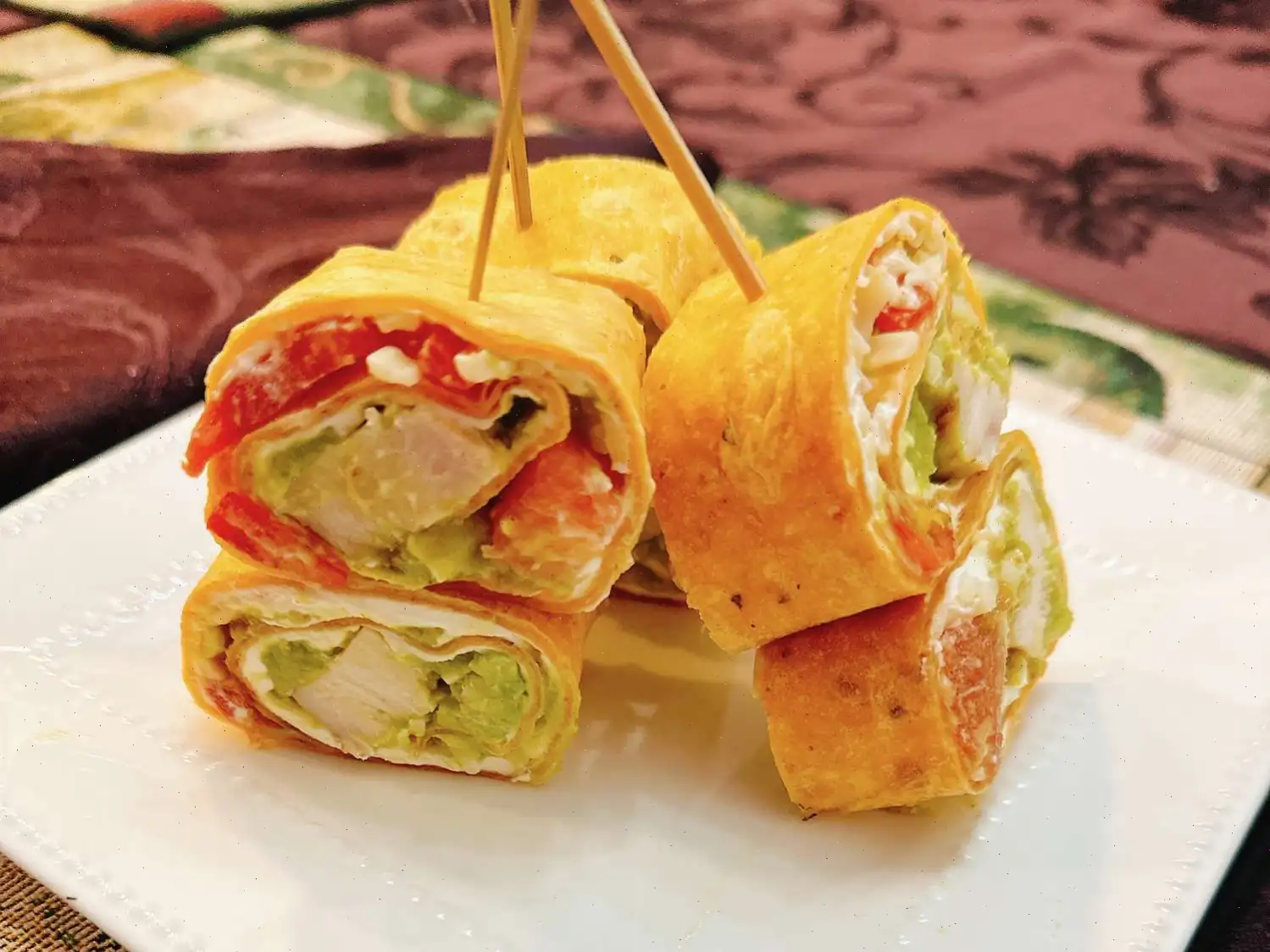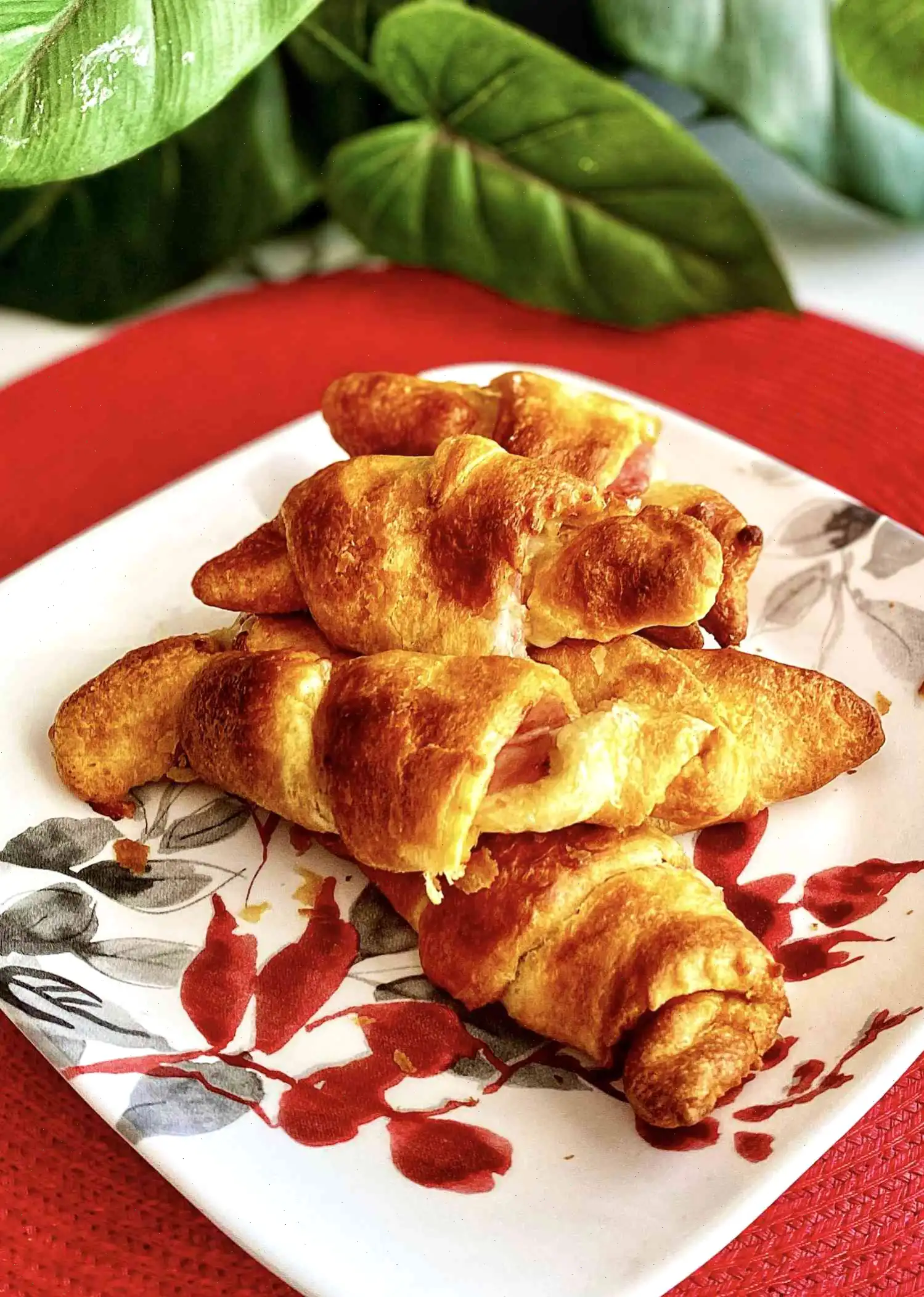
Mediterranean Flatbread Recipe
Ingredients (for 4 servings):
- 2 flatbreads, purchased or homemade
- 1/4 cup extra-virgin olive oil
- 3 garlic cloves, finely chopped
- 2 cups halved cherry or grape tomatoes
- 1/2 cup sliced Kalamata olives
- 1/2 red onion, thinly sliced
- 1/3 cup sliced pepperoncini
- 3 tablespoons crumbled feta cheese (or more to taste)
- Chopped fresh oregano for garnish (optional)
Directions:
- Preheat the oven to 425F (220C).
- In a small bowl, combine the olive oil and chopped garlic.
- Lightly brush the flatbreads with some of the garlic-infused olive oil.
- In a separate bowl, mix together the halved tomatoes, Kalamata olives, red onion, and pepperoncini. Drizzle the remaining garlic olive oil over the mixture and gently toss everything to combine.
- Evenly distribute the tomato mixture over the flatbreads and sprinkle with crumbled feta cheese.
- Place the flatbreads on a baking sheet and bake in the preheated oven for 12-15 minutes, or until the flatbreads start to turn golden brown and crisp.
- Once out of the oven, sprinkle with fresh chopped oregano and serve immediately.
Nutrition Facts (per serving):
| Calories | 373 |
|---|---|
| Total Fat | 20g (25%) |
| Saturated Fat | 4g (18%) |
| Cholesterol | 6mg (2%) |
| Sodium | 646mg (28%) |
| Total Carbohydrate | 42g (15%) |
| Dietary Fiber | 3g (11%) |
| Total Sugars | 4g |
| Protein | 8g (16%) |
| Vitamin C | 19mg (21%) |
| Calcium | 117mg (9%) |
| Iron | 3mg (14%) |
| Potassium | 308mg (7%) |
* Percent Daily Values are based on a 2,000 calorie diet. Your daily values may be higher or lower depending on your calorie needs.
The Rich History of Mediterranean Flatbread
Mediterranean flatbread has a history that stretches back thousands of years, tracing its roots to the ancient civilizations of the Mediterranean basin. Early forms of flatbread were a staple for the Egyptians, Greeks, and Romans, serving as both a basic food and a portable meal for travelers and soldiers. Traditionally, these breads were unleavened and baked over open flames or in clay ovens, reflecting the simplicity and resourcefulness of early Mediterranean cuisine. Over centuries, flatbreads evolved with regional ingredients, adopting olives, herbs, and cheeses that remain signature elements today.
Regional Variations and Local Flavors
Different areas around the Mediterranean have distinct takes on flatbread. In Greece, it is often topped with feta cheese, olives, and fresh herbs, while in Italy, similar flatbreads are known as focaccia, featuring a softer, fluffier texture and a drizzle of olive oil. In the Middle East, flatbreads are commonly thinner and used as wraps for meats and vegetables, highlighting regional preferences for texture and toppings. The Mediterranean Flatbread recipe presented here reflects a fusion of these influences, combining classic Greek ingredients with a straightforward baking approach suitable for modern kitchens.
What Sets It Apart from Similar Dishes
While it shares similarities with pizza, focaccia, and pita, Mediterranean flatbread distinguishes itself by its focus on fresh, uncooked toppings such as cherry tomatoes, pepperoncini, and Kalamata olives, which are only lightly roasted during baking. Unlike traditional pizza, it uses a thinner, less doughy base and emphasizes bright, tangy flavors over heavy tomato sauces or extensive cheese layers. This balance of simplicity and freshness makes it both a quick appetizer and a satisfying light meal.
Where It Is Commonly Served
Mediterranean flatbread is versatile and can be found in casual home kitchens, upscale bistros, and Mediterranean restaurants worldwide. It is often served as an appetizer at gatherings or family meals, accompanied by olive oil, hummus, or tzatziki for dipping. Its ease of preparation and visually appealing presentation also make it a popular choice for brunches, potlucks, and festive occasions.
Interesting Facts About Mediterranean Flatbread
- The use of olive oil and fresh herbs in flatbread has historical significance, as olive cultivation dates back over 6,000 years in the Mediterranean region.
- Flatbreads were often used as plates or utensils in ancient times, highlighting their multifunctional role in daily life.
- Modern Mediterranean flatbreads often blend culinary traditions, reflecting centuries of trade and cultural exchange along the Mediterranean coast.
- The toppings, such as Kalamata olives and pepperoncini, are not only flavorful but rich in antioxidants and healthy fats, making the dish both delicious and nutritious.
- Despite its long history, Mediterranean flatbread has adapted remarkably to contemporary tastes, now appearing in fusion recipes and creative variations across the globe.


